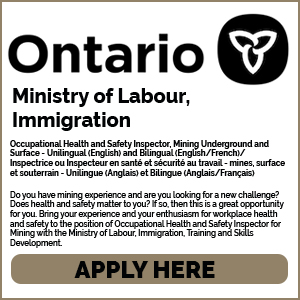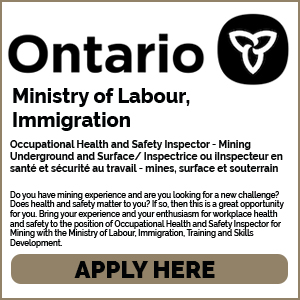By Suzanne Shoush Indigenous Health Faculty Lead, University of Toronto As a physician, I remember the first time I saw a child dying. She was in the pediatric intensive care unit, flown in from a remote First Nations community with her family on the way. Intubated and sedated to cope with the blisters covering her little body, she’d had three of her four limbs amputated — the result of a horrific meningococcal infection. I remember standing rooted to the ground, unable to walk away from her bedside, wanting more than anything to undo her suffering. This was long before I became involved in academic medicine as Indigenous Health Faculty lead for the Department of Family and Community Medicine at the University of Toronto, yet it profoundly shaped my understanding of…













